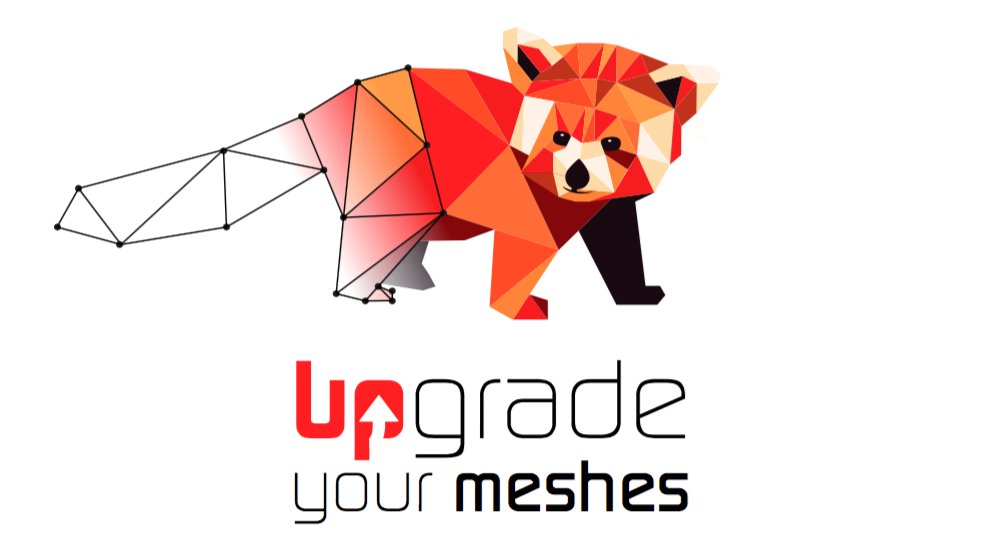Hello!
First of all, thank you for this awesome library and all the hard work behind it! It’s greatly appreciated!
I am working on curved mesh generation in 2D, and I use mmg2d in my current pipeline. I was wondering how mmg2d evaluates the metric field during the vertices generation : do you evaluate the metric once at the current position, then place a neighboring vertex on the unit ball of this metric (and work on the tangent plane), or do you reevaluate the metric at a few positions while traveling away from the starting vertex (do you update the metric along the way)? Or maybe is it another way completely? The library almost seems" too fast" to reevaluate the metric along the way…
Thank you very much for your time!
Arthur
